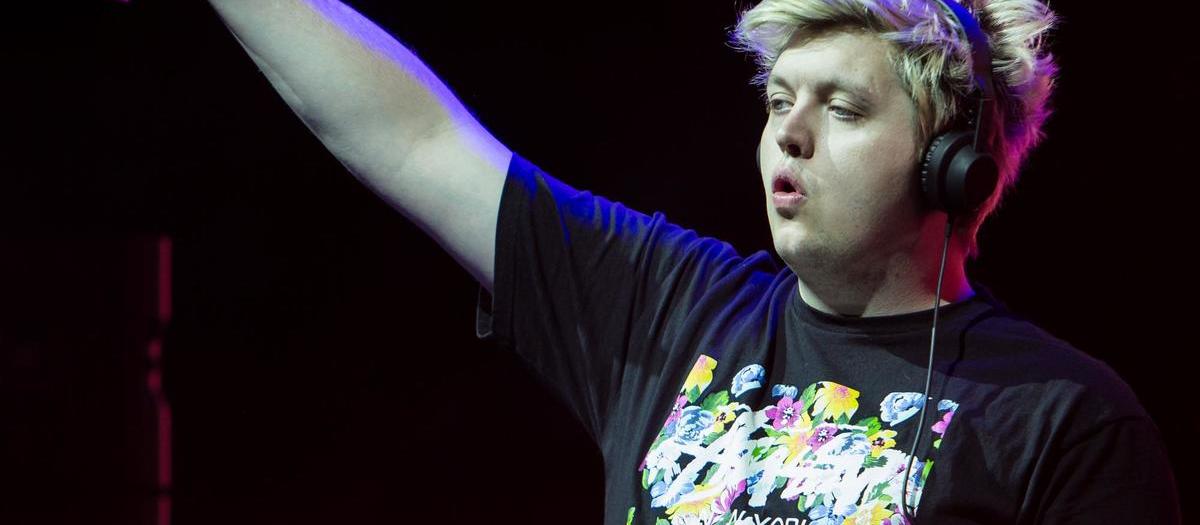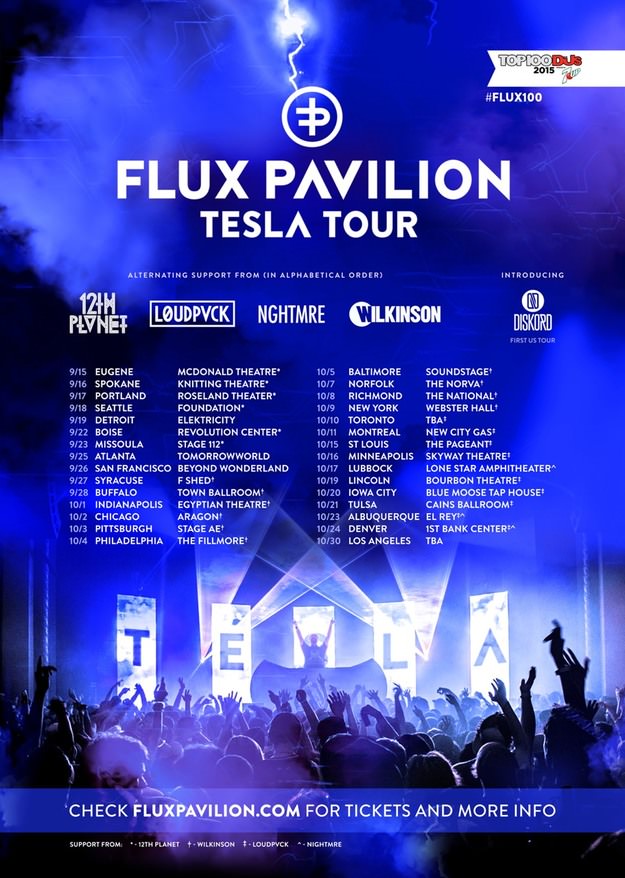
Cesanese has grown in Lazio since ancient Rome, and in the 12-century, Pope Innocent III called it the “Wine of Kings.” Over the years, it was overshadowed and forgotten, but now it is making a comeback in popularity. It’s a light-to-medium bodied juicy red variety. In her newsletter, The Feiring Line, she wrote about her travels to the region, its wines, its winemakers, and specifically the grape cesanese.Ĭampanale also cites cesanese as a must-try grape. Leading natural wine writer, Alice Feiring, has also recently spotlighted Lazio. “So making wines that are more expressive.” “Even the producers who have been doing it for a long time, and maybe in the past might have been stubborn to change, are doing things like pulling back on their use of new French oak or integrating more organic growing methods,” he says. He adds the caveat that innovation in Lazio does not belong exclusively to the young. They’re often well-traveled and well-versed in the wines of the world.” There’s this really energetic, young new generation breaking down the conventions of the past and making wine in fresh new ways. “There is a group of producers who are doing interesting things and sharing ideas with each other,” Campanale says. The relatively underdeveloped land is less expensive than more famous regions such as Barolo and Tuscany. The hills are rich with volcanic soils and limestone and have few pests. Young winemakers have discovered that the land of Lazio is optimal for winemaking.

It’s just recently that there’s sort of a renaissance in the wines from this area.” “But in the recent past, the wines of Rome were not well-regarded and there wasn’t a lot going on. “It might not be super obvious because Rome is one of the major cities in the world, and wine has been made in these hills since the ancient Romans, if not longer,” Campanale says. It has a Mediterranean climate that is influenced by mountains, wind, rivers, and sea. Tuscany, Umbria, Marche, Abruzzo, Molise, Campania, and the Tyrrhenian Sea border Lazio. Lazio is a central western region of Italy that is home to Rome.

Colle Gaio by Colli di Catone 2007 | Joe Campanale


Out of the 20 regions he chronicled in the book, he singled out an overlooked region: Lazio. These wines are born from grapes native to Italy, exceptional terroir, and artisan winemakers. “Good Italian wines are great, great value, even the expensive ones, when you compare them to the other expensive wines of the world,” Campanale says. Plus, Italy cultivates roughly 400 grape varieties for the purpose of winemaking-more than France, Spain, and Greece combined.Ĭampanale names three features of “real Italian wine,” or vino vero. They are also making wine that expresses Italy authentically, rather than emulating the wines of, say, France, as was done in decades past. Campanale immerses the reader in Italy’s next generation of winemakers, a cohort that is pushing the region towards sustainable and low-intervention methods, like their natural wine movement peers around the world are. The beautifully illustrated book is an exstensive, of-the-moment journey through 20 of Italy’s wine regions. Vino is not a crash course in the basics of Italian wine. But Joe Campanale’s sprawling new book Vino revolves around the phrase “real Italian wine” and what has come to define it. Words like “real” and “authentic” tend to be stigmatized in the food and drink world.


 0 kommentar(er)
0 kommentar(er)
